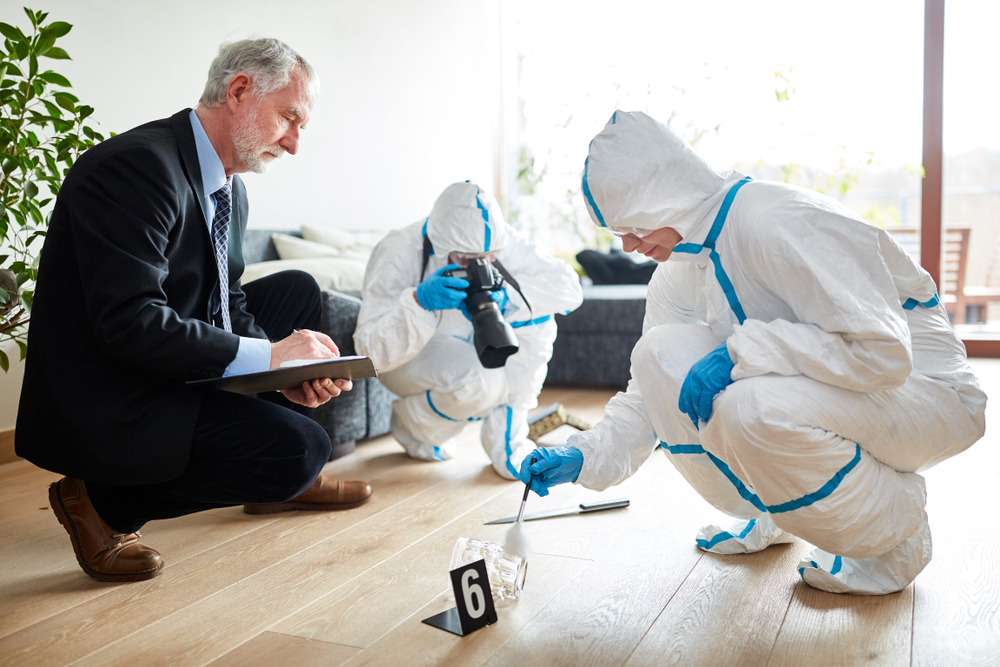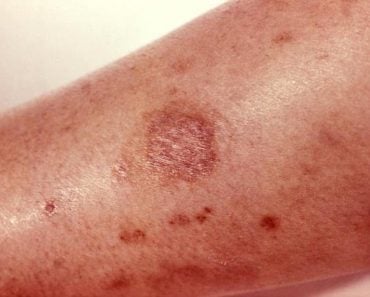Table of Contents (click to expand)
Pallor Mortis in which skin becomes pale. It develops 15 minutes after death and is the first postmortem sign of death caused due lack of circulation.
“His waxen hue became greenish-yellow by the contrast of his burning eyes, and the red scar on the forehead showed on the pallid skin like a palpitating wound.” The description of the vampire Count Dracula in Bram Stoker’s Dracula.
The undead are often described as having pale or even grey skin and vampires or zombies. The English language calls anything dying or dead as ‘deathly pale.’ Besides serving as a linguistic descriptor of our cultural fears, changes to skin color are normal after death, a state called Pallor Mortis.
Recommended Video for you:
What Is Pallor Mortis?
The word pallor mortis is Latin. Pallor means ‘paleness’ and mortis means ‘of death’. It refers to paleness that develops in a corpse approximately 15 minutes to 2 hours after death. This paleness is more prominent in those with lighter skin tones (especially those with a ruddy complexion), and less so for darker skin types. There are slight natural differences in skin color between the two sexes, which disappear due to pallor mortis.
Pallor mortis is the second post-mortem sign of death. Four major physical changes occur to a body after death. In the order in which they appear, they are algor mortis, Pallor Mortis, rigor mortis, and livor mortis.
Why Does Pallor Mortis Happen?
Pallor Mortis happens due to a lack of capillary circulation.
Clinical death is when the heart stops beating. Without the heart beating, blood cannot reach every part of the body, especially those organs, such as the skin, that are farther away from the heart. The capillaries in the dermis (the second layer of skin after the epidermis) and the hypodermis (the third and deepest layer of the skin) stop receiving a fresh supply of oxygenated blood—and remember, hemoglobin associated with oxygen has a bright red color!
Blood within the blood vessels stagnates, and the cells within the blood, like red blood cells (RBCs), move in the direction where gravity is strongest. The areas where blood has moved away will have a pale coloration, whereas where the blood has pooled, it will develop a reddish-purple coloration. The latter phenomenon is called lividity and becomes visible roughly 2 hours after death.
This change in the skin’s hue can be useful in determining the time of death or post-mortem interval (PMI) in criminal cases and other forensic instances.
How Do Forensic Experts Use Pallor Mortis To Determine PMI?
What Is Post Mortem Interval (PMI)?
The post-mortem interval or ‘time since death’ estimates the time between an individual dying and the body being discovered. Forensic experts back-calculate the time of death using various post-mortem clues.
Forensic experts use many methods to calculate PMI. Some of the most preliminary ways are to observe physical changes that have occurred to the body.
Knowing how long it takes for the muscles to tense up post-mortem (rigor mortis) can allow forensic experts to estimate an interval of time in which the individual died. Forensic experts rarely only use one post-mortem sign to give a PMI.
Pallor Mortis is the second post-mortem stage of death. A paper published in the year 2000 evaluated the usefulness of pallor mortis in determining PMI. The researcher used an octo-electronic color measurement device to measure the color change in 126 corpses. They concluded that since pallor mortis develops rapidly, it isn’t the most useful visible change for determining the approximate time of death.
The degree of paleness doesn’t change significantly over time nor offers clues about the cause of death. Additionally, the presence of hair can alter the appearance of pallor mortis. All this makes pallor mortis unsuitable to estimate the time of death.

Embalming And Pallor Mortis
Embalming is a method to preserve a corpse. Families can choose to embalm their deceased loved ones for the funeral and before burial. Embalming, as practiced today, can make a corpse look less dead. Embalmers drain out blood from the corpse and add embalming fluid to the blood vessels. This preserves the corpse long enough for the family to perform the funeral and burial rituals.
Some embalmers might add colorants in their embalming fluid to make the corpse look more alive. Embalming and makeup can explain why some bodies at funerals don’t have pallor mortis.
Although pallor mortis isn’t useful to forensic experts, it may be useful if you ever need to spot a zombie in a crowd!
References (click to expand)
- Schäfer, A. T. (2000, February 15). Colour measurements of pallor mortis. International Journal of Legal Medicine. Springer Science and Business Media LLC.
- Wells, J. D., & LaMotte, L. R. (2019). Estimating the postmortem interval. In Forensic entomology (pp. 213-224). CRC press.
- Hau, T. C., Hamzah, N. H., Lian, H. H., & Hamzah, S. P. A. A. (2014). Decomposition process and post mortem changes. Sains Malaysiana, 43(12), 1873-1882.













